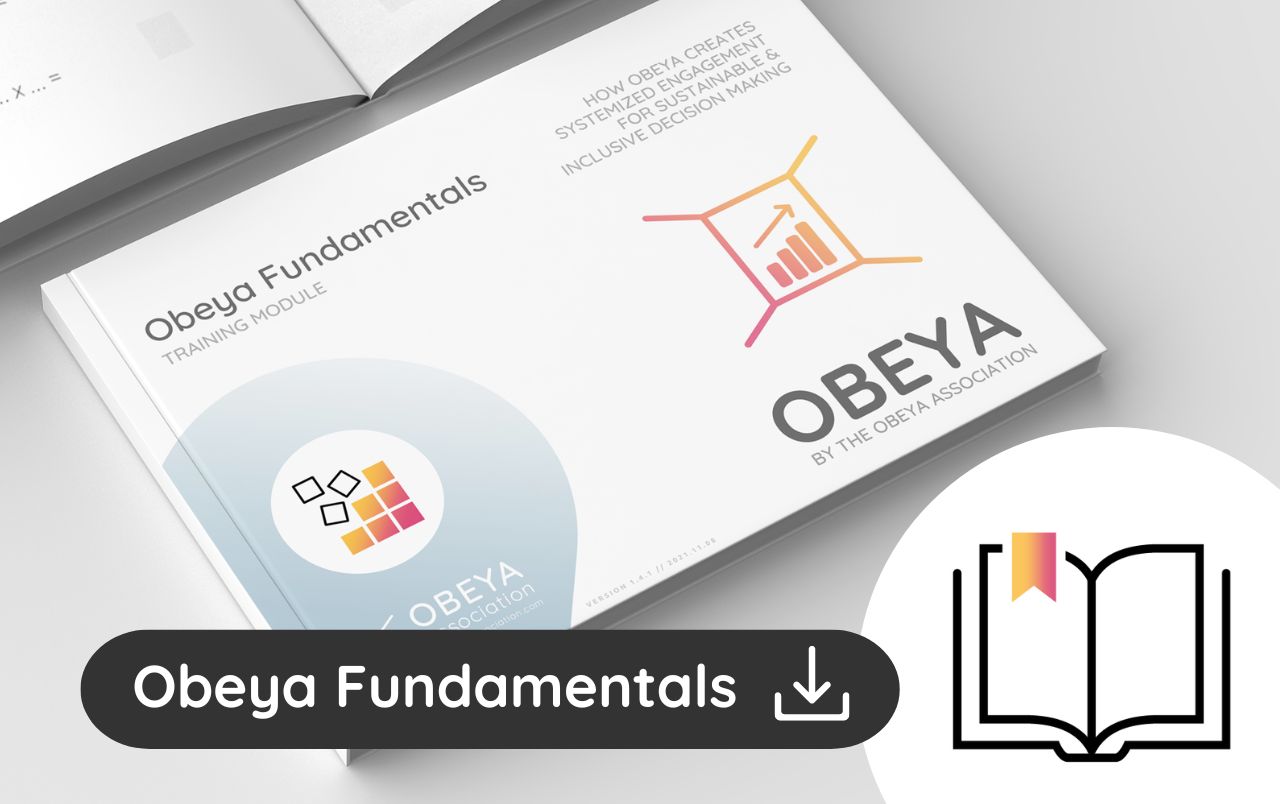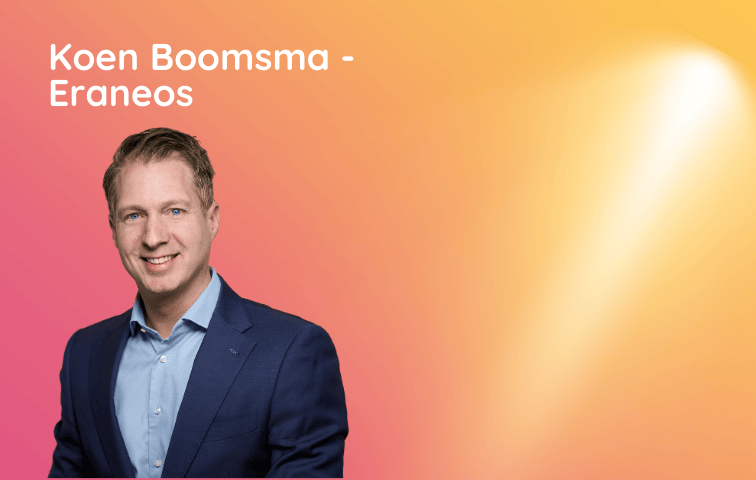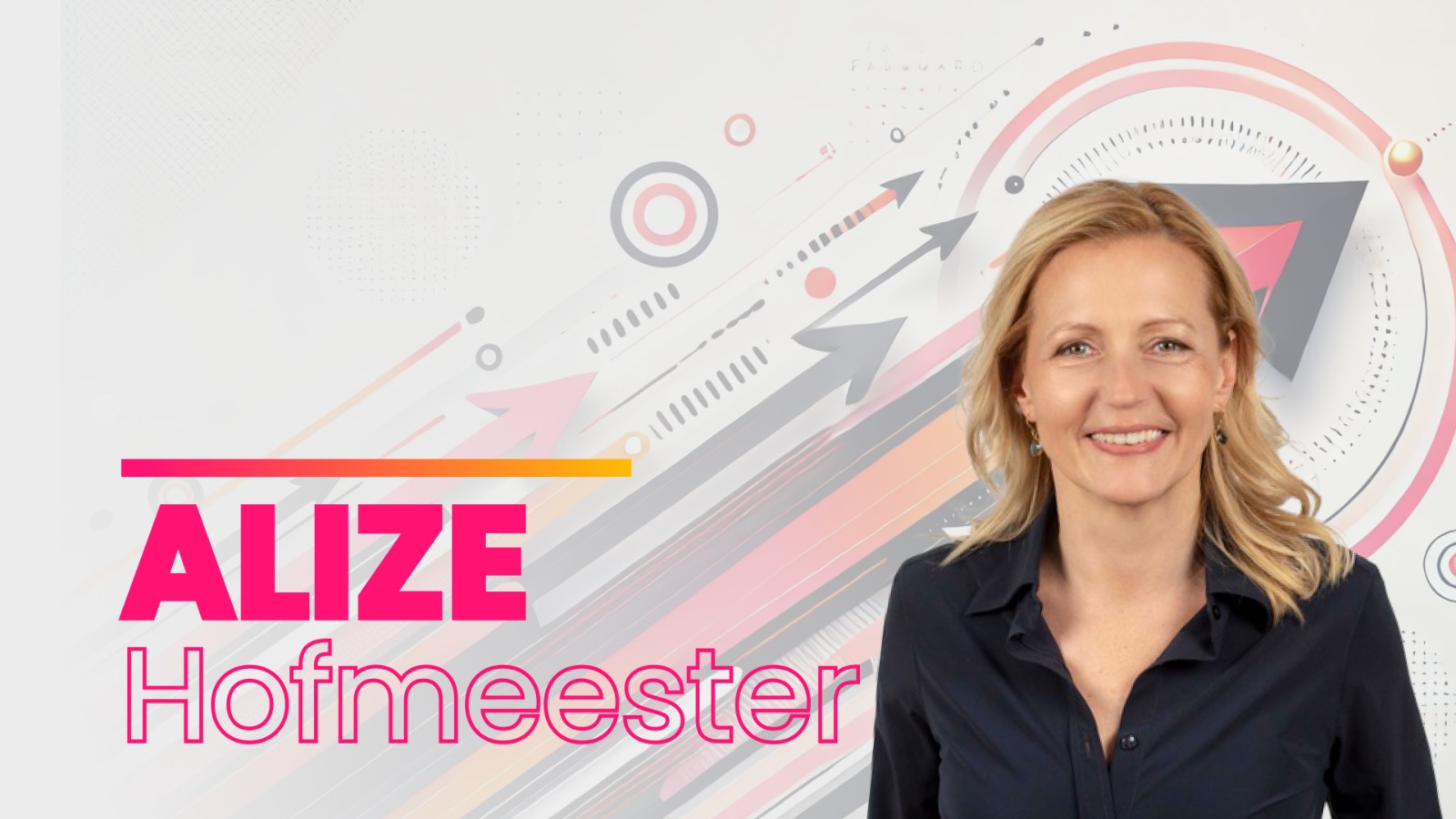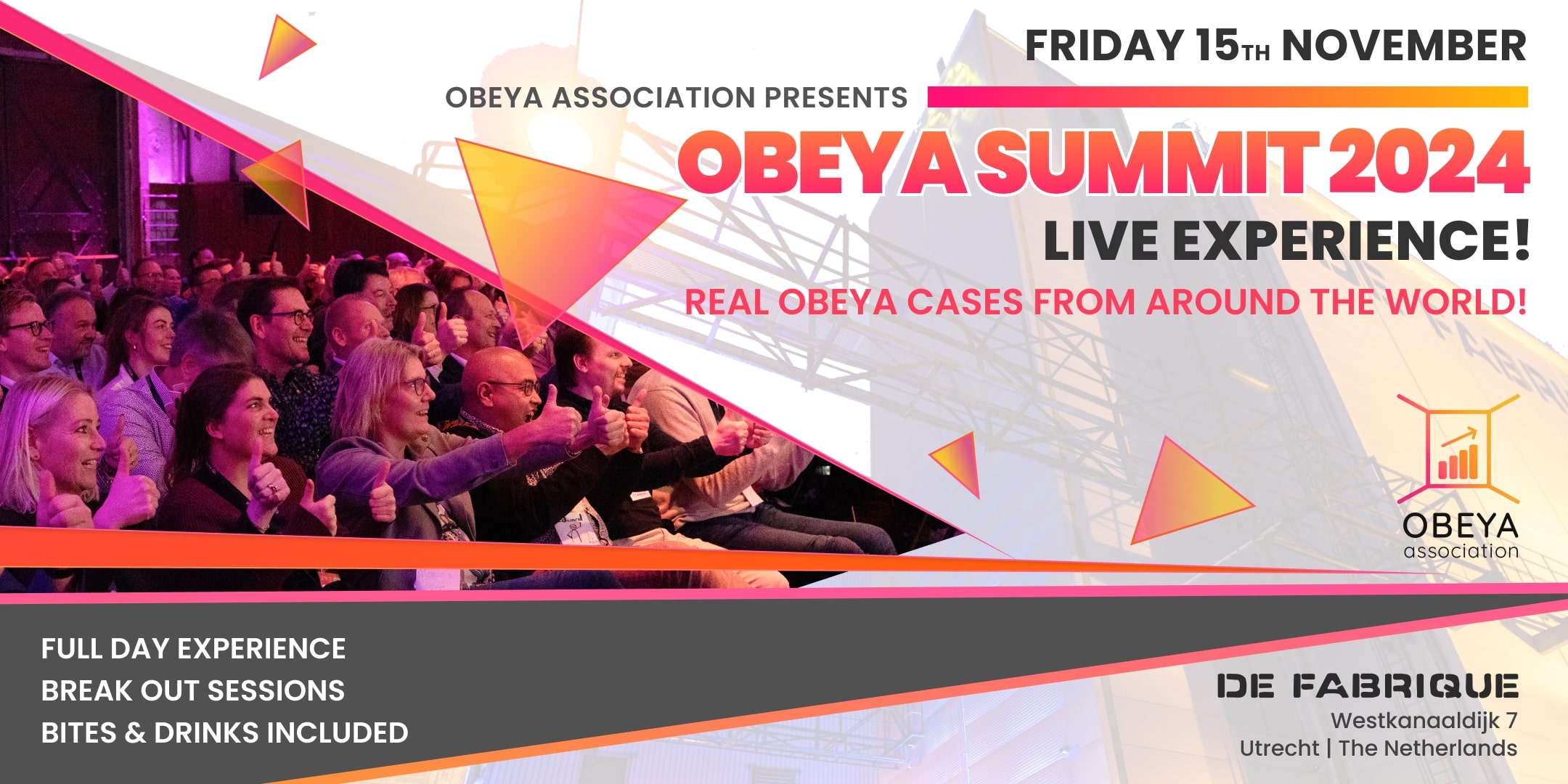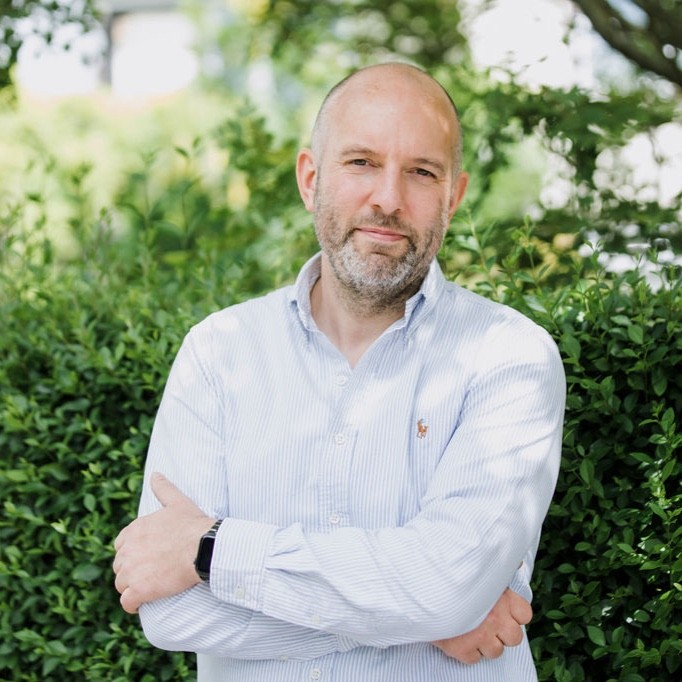
Author of this article: Steve Martin, Obeya and Agile Leadership Coach and Consultant. Steve's mission is to create a world without wasted meetings.
Obeya promises alignment and agility, but without fixing an excessive communication culture, it risks becoming yet another ineffective framework.
To say Obeya is a major step forward in the evolution of portfolio management would be a grave understatement. It is far more advanced than that. To put it into some context, if AI is the future of technology, then Obeya is the future of human business interactions, communication and decision-making.
And it sure is powerful, I appreciate it is far from a new concept, but I see it as a real game-changer for large value streams and complex team structures, just like Agile has been. However, just as Agile transformation requires a significant cultural shift, we need to address the root cause of communication issues before implementing Obeya, in order to make it truly successful. Otherwise, we are in danger of layering it on top, and it adds to the problem rather than fixes it.
The Communication Crisis: How Our Digital Dependency Is Fuelling Overload and Burnout
We have grown very accustomed to digital technology over the past 20 years. So much so that we are increasingly more and more dependent on it. It’s supposed to help us, save us time, and solve our problems. But it can be said that such dependency has led us on a different path altogether. Whilst we haven’t completely lost the ability to communicate, we find ourselves compensating a lack of clarity, with excessive communication, where there once were far simpler interactions and connections. By this I mean we seem to have an accepted culture state of back-to-back meetings and constant reporting to ensure information flows – keeping everyone who needs to be kept in the loop, in the loop....and even those who don’t.
And we are all guilty of it.
A recent Atlassian survey found that the average employee spends 31 hours in unproductive meetings every single month…that’s almost a whole week! We all complain, but do we ever do anything about it?
When does the *doing* actually happen? This is an easy one. Either during the meeting, (typically multi-tasking), or in the evenings once the kids are in bed. This is exactly what I’ve witnessed in teams and leaders across many different organisations. And this is no anomaly either. It’s become normalised.
And we accept it. Because changing it will be far more complex and challenging…and great above anyone’s pay grade to sort out.
But what are we left with? Burnout, both individually and across our teams, possibly leading to sickness and staff turnover, time pressures, errors, faults…the list is endless.
In a similar survey conducted by The Office for National Statistics, it was understood that the number of sickness days lost to work-related ill health, like stress, depression or anxiety each year is 7.8 days per person. An estimated cost to the global economy of $1.25 Trillion…that is on average, every.single.year!
And still we accept it. Possibly putting in wellbeing sessions for people to take some time out and relax…time they never have.
It all comes down to connections. We struggle much more now than at any time in history, simply because our level of interaction has reduced significantly since the majority of our time is spent online, we therefore compensate by having endless catch-ups.
Information Flows All Over The Place, But How Can We Make It Visible?
Long before I became familiar with the riches of Obeya I would conduct visualisation workshops with senior leaders. Similar to Value Stream Mapping, where value flow is measured, I would help lay out how information flows across the organisation; the reporting, meetings, internal communication channels - effort, time spent, impact, purpose.
It’s super powerful, because leaders never get to do this stuff. Take a step back and have a good look at all the waste, duplication, and redundancy of all the noise that goes on each and every day.
At a leading telecommunications company I worked with their leadership team to take a step back and really examine how information was moving throughout the company. As we began mapping this out, there were moments where leaders were visibly shocked by the scale of communication. Puzzled looks filled the room as participants began to comprehend just how much effort was spent producing reports that had long lost their value. It became clear that much of the reporting was not only redundant but also duplicated across teams, with many meetings — which could have been just as effective via email — only adding to the inefficiency.
One director in particular looking at a report that has been in process for many years, talking to another director, “I don’t even know what this is, yet I’m one of the main recipients”. Further digging would reveal that said report would take one keen analyst 2 whole days every single month to compile and disseminate across the executive team. Without the freedom to challenge its purpose or need - a strong case of, “it’s what we’ve always done”.
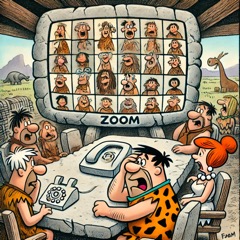
There were similar experiences for a UK water company. Their leadership team was also taken aback when the actual scope of internal communications became clear. During these sessions, we were able to challenge long-standing practices and question the purpose of reports that had been created out of habit and meetings that could well have been handled in a simple email. The freedom to question their relevance and reduce unnecessary work was incredibly powerful.
There are events where everyone needs to be there, like an Oscars after-party. Rest assured that a fair majority who aren’t talking, aren’t really listening. They just need to be seen to be “present”. What is not considered is the cost of having 100 people turn up to an event like this and not really engaging.
What leaders tend to realise, going through this process, is the accepted behaviour and absorbed cost of modern business operations.
These workshops are an opportunity to challenge and be ruthless. Like walking into a teenager’s messy bedroom and pleading for them to clear out the clutter.
*As I write this dear reader, I’m having this exact battle with my 17-year-old!
But experience has taught me that when you live inside the chaos, you can’t really see the chaos.
The process is not rocket science, it isn’t even so complex as that of a Value Stream Mapping exercise. An effective workshop like this can be done and dusted in a few short hours. But what is required is a willingness from everyone in the room that we must accept there is a problem, and we are all committed to fixing it.
And that means being open to being challenged, and being ruthless in the refinement process, following my age-old mantra that there is always a better way.
My role is to play the part of challenger, but also in assuring participants that they don’t lose anything…which is usually the biggest fear that is expressed. It’s crucial that we go in with the principle that whatever happens, we cannot be worse off, everything we do must be refined, yet enhanced in effectiveness.
And so if we can do without something, then let’s do that, if we can consolidate and place it in the Obeya bucket, then let’s definitely do that. And of course, if there are regulatory events that are part of compliance then we must continue, but always be open to challenging the “How?”.
Ideally, we come out of the event with a distinct reduction in the burden of communication. But it is more than just the numbers. We must leave the room with a change of mindset, and more importantly a culture shift. Fundamentally laying the foundations for Obeya to be implemented. And then we really are on the way to transformation.
The Culture Shift That Is Needed
And it is all about culture
To truly unlock the transformative power of Obeya, we must confront a harsh reality: The culture of back-to-back meetings isn’t just a habit—it’s a trap. It’s a trap that keeps us spinning in circles, drained of energy, and distanced from the very connections that could drive us forward. To break free from this, we need more than new tools or strategies; we need a profound shift in mindset, led by those courageous enough to challenge the status quo.
Think about it—how often do we find ourselves rushing from one meeting to the next, barely absorbing the information before we’re pulled into yet another conversation? We’ve created a cycle that leaves little room for deep thinking, for creativity, for actual *doing*. And what’s worse, we’ve normalised it. We’ve accepted this endless grind as just the way things are, convincing ourselves that we’re being productive when, in reality, we’re barely keeping our heads above water.
But here’s the thing: this isn’t sustainable. It’s not just about time management; it’s about preserving our sanity, our passion, and our sense of purpose, and managing our cognitive load. The leaders who truly want to make a difference, must recognise this and take bold action. It’s not easy—it requires a willingness to be uncomfortable, to question everything, and to push against deeply ingrained norms. But it’s the only way forward.
Cultural change is hard. It’s messy, it’s painful, and it doesn’t happen overnight. It takes leaders with the vision to see beyond the immediate pressures and the courage to make choices that might not be popular in the moment. It means saying “no” to the endless string of meetings that sap our energy and “yes” to creating space—space for people to think, to breathe, to connect in ways that actually matter. It means shifting from a culture of “doing more” to a culture of “doing what matters.”
This shift starts at the top. Leaders need to model this new way of working by cutting down their own meetings, by trusting their teams to manage without constant check-ins, and by focusing on what truly drives value. It’s about creating a culture where people are empowered to ask, “Is this meeting really necessary?” and where the answer doesn’t just come from a place of fear or obligation.
This isn’t just about improving efficiency or productivity; it’s about reclaiming our humanity in the workplace. It’s about recognising that endless meetings don’t just waste time—they drain our spirits, our creativity, and our ability to connect on a deeper level. To truly embrace Obeya and all it offers, we need to tear down the walls of this meeting culture and build something new in its place—a culture of clarity, purpose, and connection.
This is the challenge. It’s a challenge that demands bravery, resilience, and a commitment to change. But it’s also an opportunity—a chance to redefine how we work together, to create environments where information flows naturally and where we can focus on what really matters. It’s not just a shift in how we communicate; it’s a shift in how we live and lead. And it starts with the courage to break free from what’s holding us back.
And then let’s welcome Obeya with open arms.
At the upcoming Obeya Summit in November, I’ll be walking through my framework to help attendees completely revamp their organisation’s information flow. We’ll take a deep dive into how to identify communication overload and build a structure that truly supports purposeful interaction. Just think, this could be the turning point for your organisation.
Sources:

